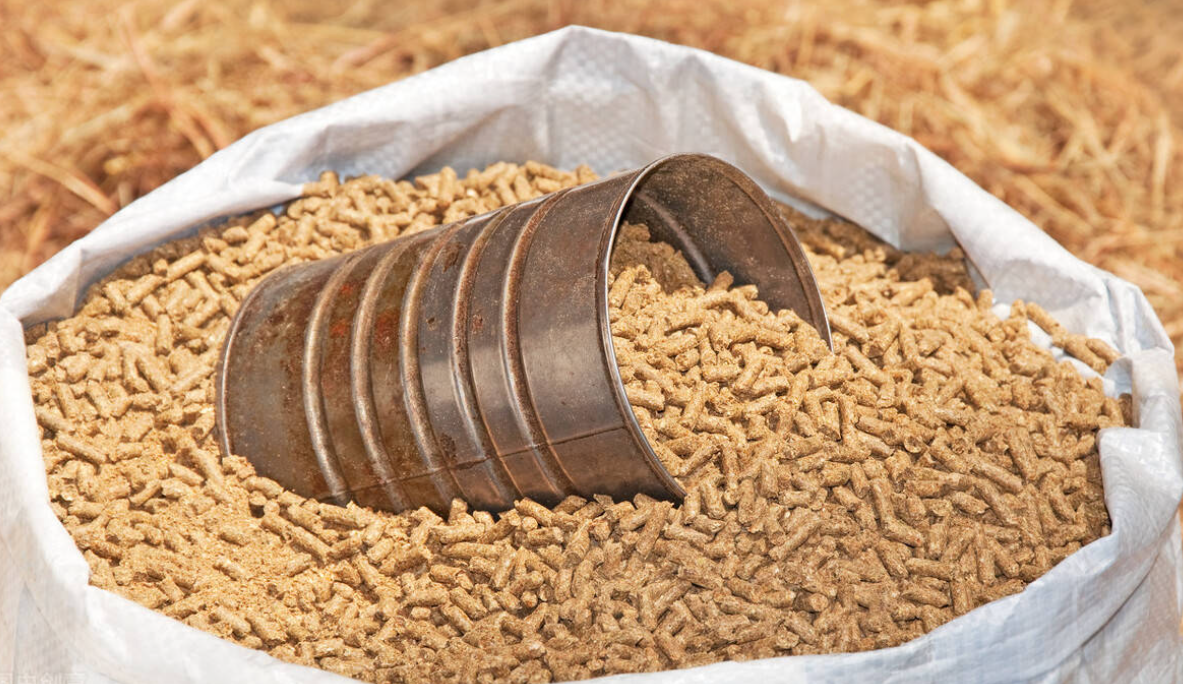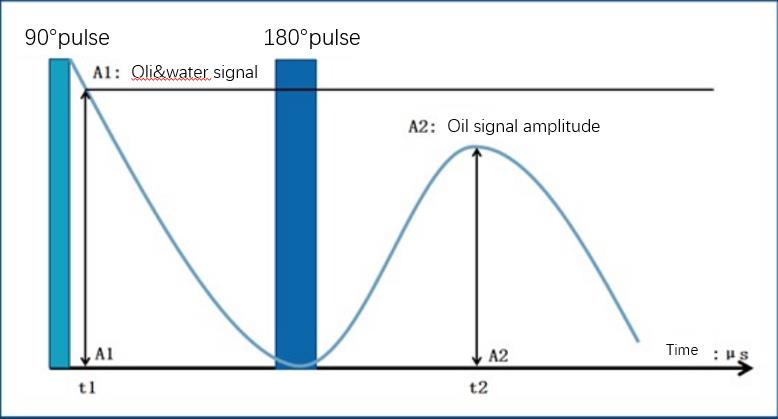Fodder Fat Content Measuring
The fodder fat content can vary depending on the specific type of plant or feed being used. Fodder is primarily composed of plant materials such as grass, hay, silage, or other forage crops.
In general, fodder has a lower fat content compared to concentrated animal feeds or oil-rich seeds. The fat content in fodder is usually quite low, as it consists primarily of carbohydrates, fiber, and proteins, which are the main sources of nutrition for livestock.
While fodder does contain some fat, the levels are typically minimal and not a significant source of dietary fat for livestock. The fat content in fodder can vary depending on factors such as the type of plant, stage of growth, and agricultural practices.
Fodder Fat Content Measuring Methods
Measuring the fat content in fodder typically involves laboratory analysis using specific techniques. Here’s a general overview of common methods used to measure fat content in fodder:
Ether Extract (EE) or Crude Fat Analysis: This method involves extracting the fat from the fodder sample using an organic solvent, such as petroleum ether. The sample is typically dried and ground before being subjected to fat extraction. The extracted fat is then collected, and the remaining solvent is evaporated. The fat content is calculated as the weight of the extracted fat divided by the weight of the original sample, expressed as a percentage.
Acid Hydrolysis: This method involves hydrolyzing the fodder sample with an acid, such as sulfuric acid, to break down the complex molecules and release the fatty acids. The resulting mixture is then neutralized, and the liberated fatty acids are extracted using an organic solvent. The extracted fatty acids are then weighed, and the fat content is calculated as a percentage of the original sample weight.
Near-Infrared Reflectance Spectroscopy (NIRS): NIRS is a rapid and non-destructive technique that uses near-infrared light to analyze the chemical composition of a sample. It can be used to estimate the fat content in fodder by creating calibration models based on known fat content samples. NIRS is a popular method due to its speed and ease of use.
Low-field NMR: low-field NMR can be used to measure the fat content in fodder. The principle remains the same as with high-field NMR spectroscopy: the interaction between atomic nuclei and a magnetic field generates signals that can be analyzed to determine the sample’s composition. Low-field NMR instruments are portable, cost-effective, and designed for simpler applications such as quality control, process monitoring, and rapid measurements.
Fodder Fat Content Measuring by NMR
The intensity of NMR signal is proportional to the content of hydrogen protons in the feed. We can establish a calibration curve between fat or water content and NMR signal intensity. The relaxation speed of the NMR signal is related to the state of the hydrogen protons. In the feed, water is tightly bound to the solid matrix, while fat is free. The signal of water or fat can be distinguished according to the difference in the relaxation speed. so as to realize the rapid detection of fat content and water content.
Advantages of NMR:
Simple sample preparation, no toxic solvents
Fast and accurate
Measurements by untrained personnel
Get test results in real time
High sensitivity
Samples can be measured repeatedly
The test can be done at site
 NIUMAG
NIUMAG

